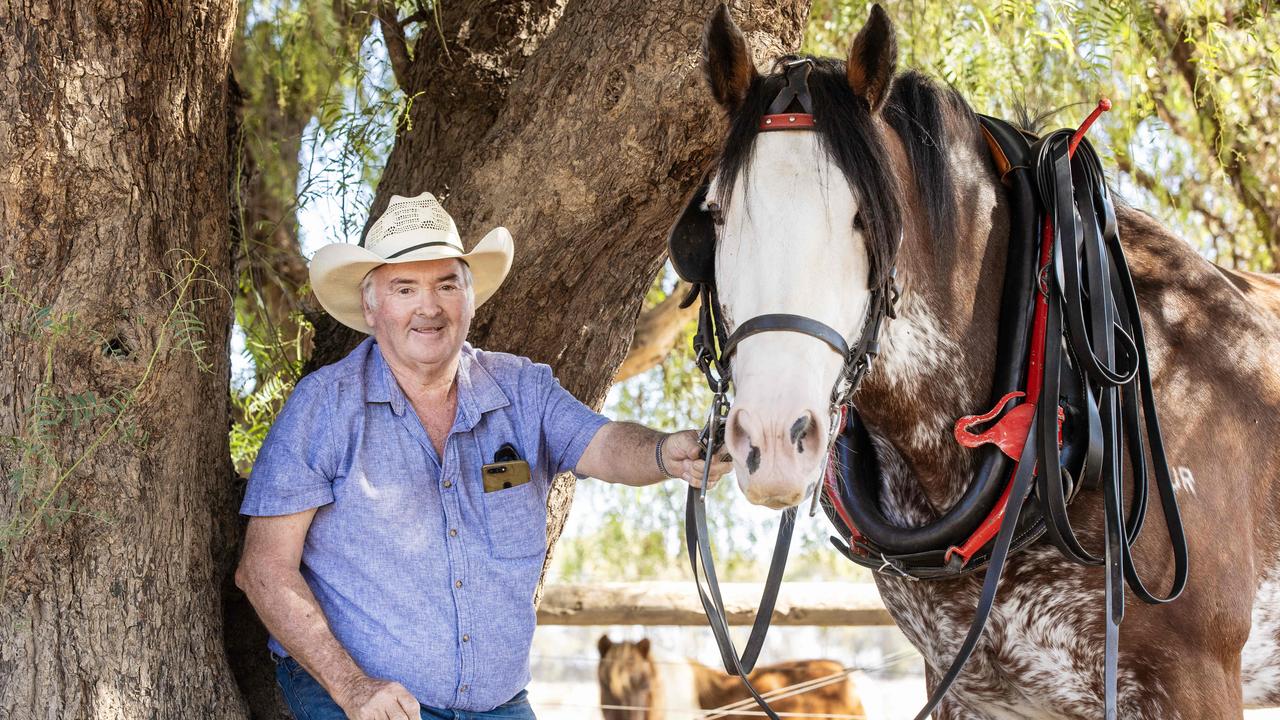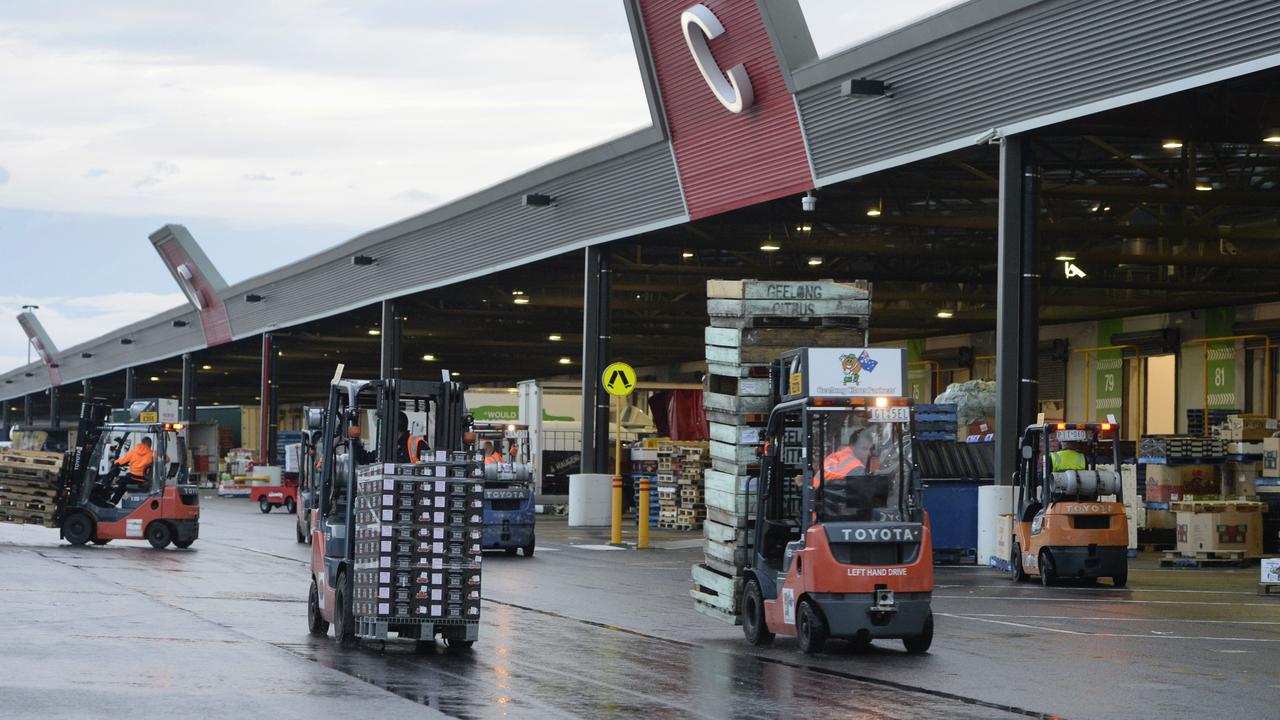The creative country solutions for childcare in regional Australia
Building more childcare centres won’t solve the issues many regional families are facing. We take a look at several creative and accessible options in the bush, and how they can be improved.

Regional Australia is a diverse and dynamic place, where no two towns are alike.
Similarly, the needs of families seeking childcare and early childhood education vary from region to region, with no one-size-fits-all solution.
Country Womens Associaion NSW chief executive and mother of two Danika Leys is based near Goolhi in regional NSW, and said childcare was “critical” for improving rural communities and the welfare of families.
“It doesn’t matter where you live, it’s an important enabler particularly for women but for families in general and for their wellbeing, the wellbeing of their children, so they can make an income, and for that village,” Ms Leys said.
In late 2024, the federal government announced if re-elected the creation of a $1bn early education fund from July 2025, with a focus on building and expanding early childhood education in areas of need, including regional Australia.
In a recent CWA NSW member survey, more than 40 per cent of respondents said more affordable childcare was necessary to improve economic opportunities for regional and rural women across NSW.
“Communities are really fatigued, they’ve come up with ideas and concepts, they’ve put a lot of work into these ideas and had them fall on deaf ears,” Ms Leys said.
“We’re probably at the point where government needs to take the lead, to make the statement that we hear you, we’re serious about this issue, and can we talk more about some of these alternate models for providing care.”
The Weekly Times has looked at several models of childcare and early childhood education that could provide solutions for rural families.
IN HOME CARE
Based on the Liverpool Plains near Tamworth in NSW, teacher Sarah Murray founded Rural Nannies three years ago with her sister after noticing demand for parents in need of flexible, casual care options.
“We do get a lot of requests for full-time care, and the placement of permanent nannies,” Ms Murray said.
“While we often have lots of requests for full-time and part-time nannies for families, we are currently unable to facilitate this. That said, we offer casual care to help fill the gap until families find a permanent solution themselves, whether it’s daycare or in-home care sourced elsewhere.”
Rural Nannies specialises in supporting families seeking casual care, such as babysitting for tourism-related needs, date nights, or regular but non-permanent care arrangements like before or after daycare or school.
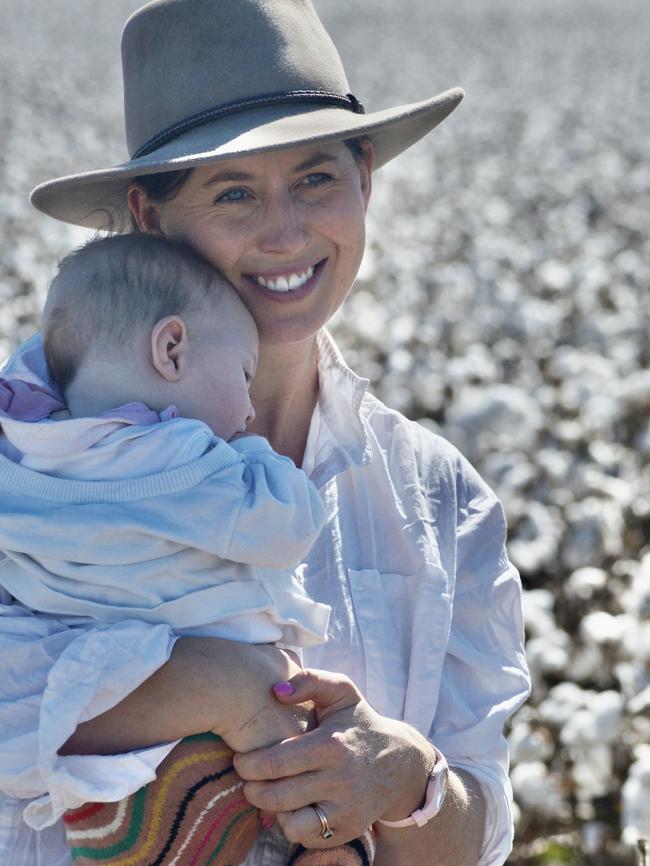
Families on daycare waitlists also commonly turn to Rural Nannies for interim support.
With about 80 babysitters and nannies on the books, Ms Murray said the service has expanded in the past three years, covering an expanding area from west of Moree, and as far south as Wagga Wagga.
According to the federal government, in-home care is a flexible form of early childhood education and care, restricted to families who can’t access other types of approved care, including due to geographical isolation.
As of January 2025, IHC educators working in remote or very remote areas can access an exemption to the minimum qualifications if they meet certain criteria.
Ms Murray said she has noticed an increasing need for childcare options due to growing waitlists for centres “particularly in regional and remote areas”.
“While we receive many inquiries about whether we facilitate the scheme supported by child care subsidies, we currently do not offer that service,” Ms Murray said.
“I do acknowledge the government’s efforts to expand access to in-home care but emphasise the need for further development to meet the demand in regional and rural areas. There’s a clear need for better childcare access in these areas.
“For many families, having someone come into their home is an ideal solution.”
OUTSIDE SCHOOL HOURS CARE
Kate Brow, who lives on an Angus and Merino operation at Bibbenluke in NSW, said limited access to childcare for her three children, particularly out-of-school-hours care, has made her feel stressed while she juggles working and parenting.
“I have a fairly busy load, and of course my husband is farming which is 24/7, and it’s not necessarily a safe job to take children to,” Ms Brow said.
“We do have a few family daycares that pop up and close down, but the longstanding ones all shut down at the beginning of 2024, and it’s created a huge issue. People are driving an hour in Delegate in Victoria to get their kids into childcare.”
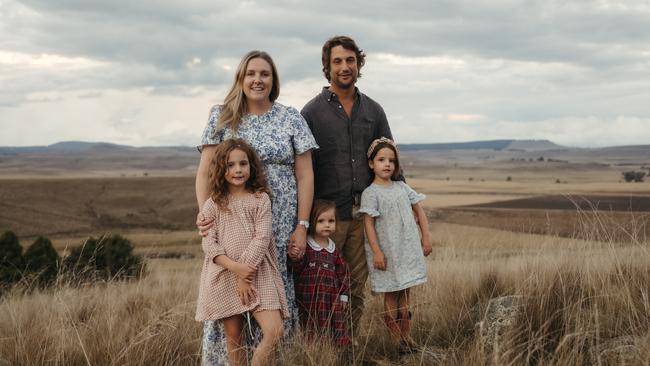
Ms Brow is president of her local preschool, where one of her daughters attends.
She said while the preschool provided high quality care, a number of barriers such as restricted hours and staffing made access a challenge for many families.
For example, preschool hours are not as long as childcare centres and often restricted to schooling hours, while preschools are often closed during school holidays while parents remain at work.
It’s a juggle that resorts in a lot of driving and expensive care solutions, Ms Brow said.
Consideration for more flexible preschool and non-childcare options outside of school hours and school holidays could make care options for families in the region more flexible.
“There are no alternatives but to work with our kids, or take leave during the school holidays,” Ms Brow said.
“Most people rely on family to support them during the holidays, but we don’t have any family in the area. It just very stressful knowing that my work doesn’t stop either, even if I take leave. It’s stressful knowing that you’v got to look after the kids or that they’ll come in and interrupt. I don’t enjoy the stress of trying to do both. And it’s not fair on my kids and it’s not fair on my work.”
MOBILE PRESCHOOL
Covering four local government areas across regional NSW, Ooranga mobile preschool and playgroup operator Georgina Simson said the solution to regional Australia’s childcare and childhood education issues was not simply building more centres, but to address gaps in services with nuance and creativity.
Operating in a ‘pop-up’ fashion in town halls, school buildings, and other facilities, mobile preschool services travel through communities in regional and remote areas.
“We’ve been going for more than 40 years, set up in the 1970s by a group of parents. We’re non-profit, but legislated like all preschools,” Ms Simson said.
All educators at the mobile preschools are paid, but the service is run by a volunteer management committee, which then holds the responsibility of the service with the department of education.
“We provide two days of preschool across seven locations … because there are so many children being born there’s a lot of demand and a lot of growth,” Ms Simson said.
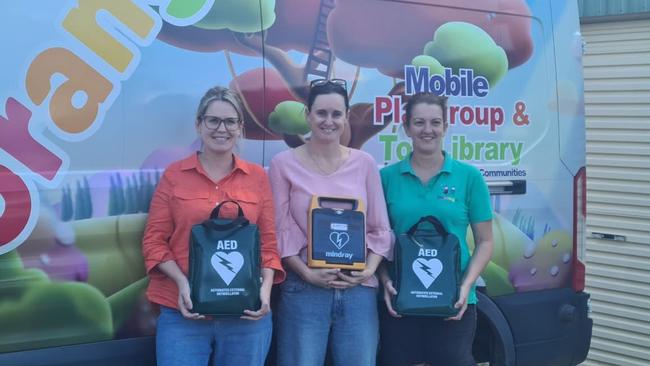
Ms Simson said legislative barriers that place the responsibility of liability on volunteers needed to be evaluated should the federal government look to improve mobile preschool services in the regions.
“Privatisation of child care in regional Australia want to profit, but because you don’t have the guaranteed high enrolments as you do in city centres, private carers aren’t interested in coming out here. They can’t make a business case for it.”
“The non-profits are going to be the ones that service regional communities, it’s not going to be private companies.
“The government are really guilty of not acknowledging how much people have to volunteer to get essential services.”




